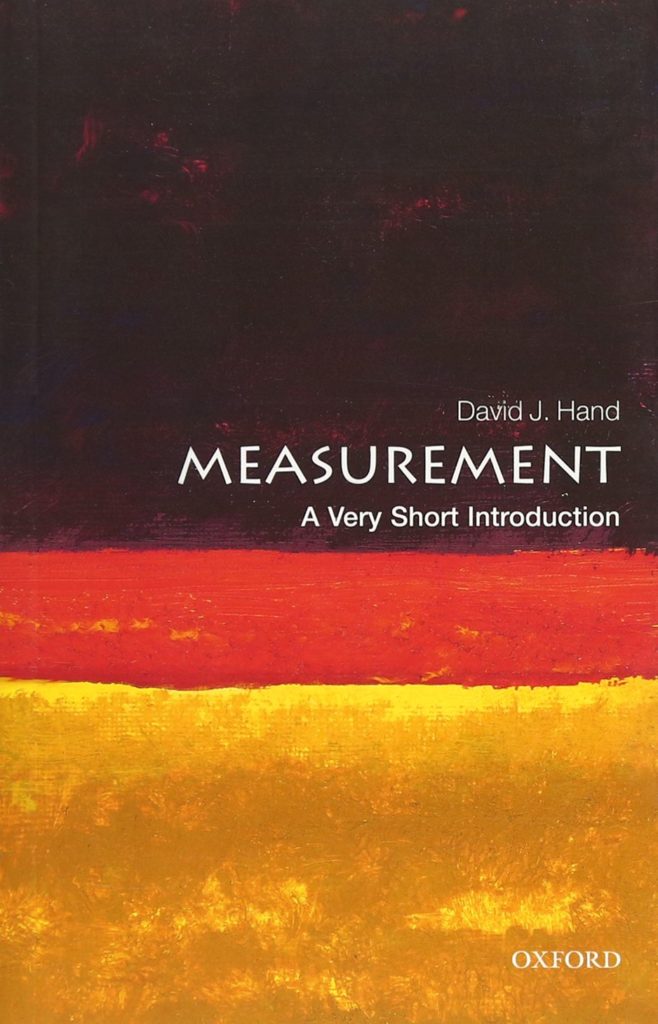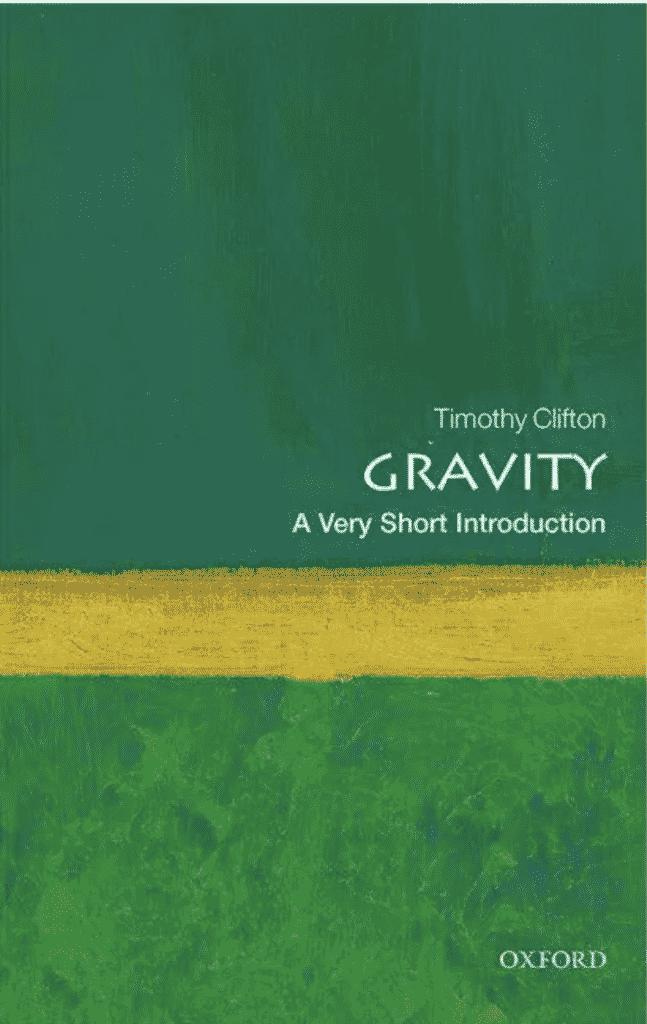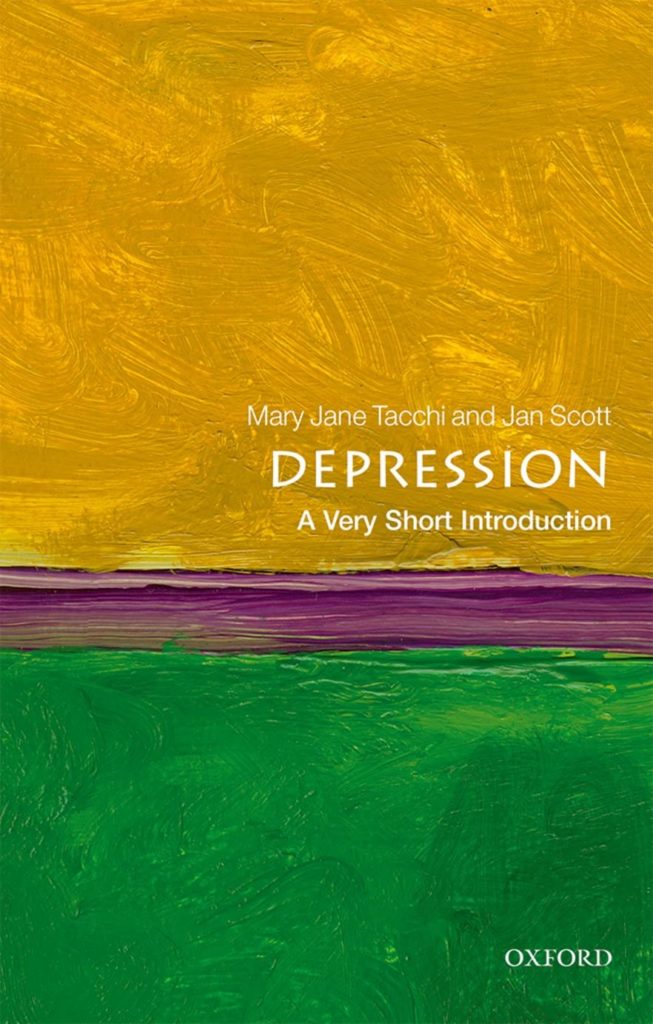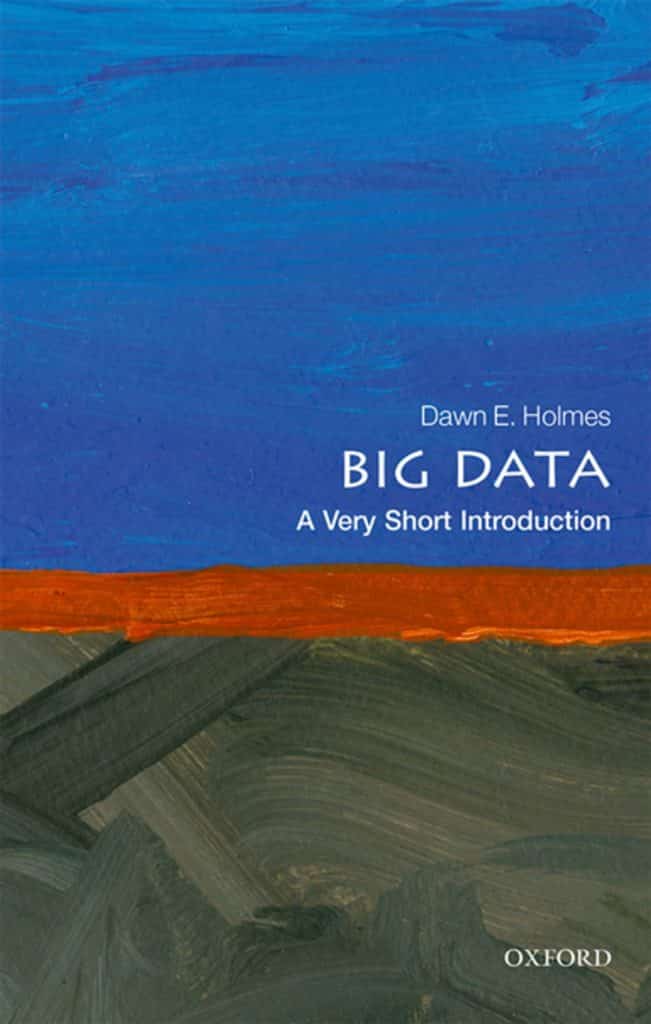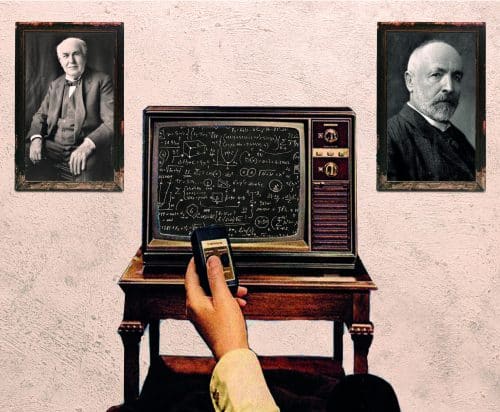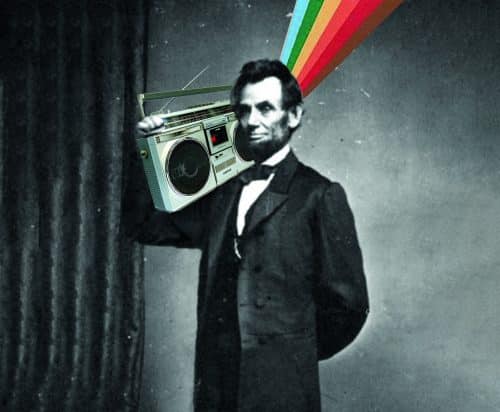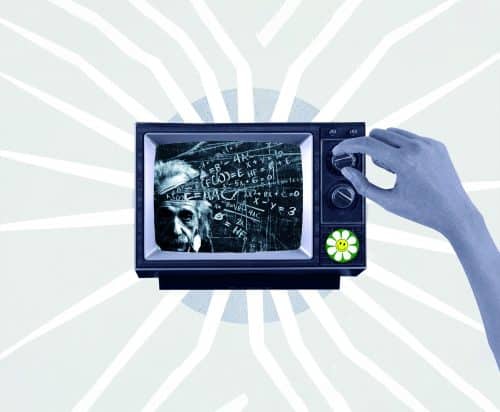Oxford’s Very Short Introductions series offers concise and original introductions to a wide range of subjects — from Islam to Mathematics, Politics to Classics, and Literary Theory to History. Not only a textbook of definitions, but each volume also provides trenchant, provocative, balanced discussions of the central issues in a given topic.
How many Oxford’s Very Short Introductions are there?
The series began in 1995, and today there are around 700 titles published. Oxford’s Very Short Introductions range from worth reading to wonderfully appealing. They’re well written by leaders in their area, thought-provoking, and insightful. Expert authors curated facts, analysis, new ideas, and enthusiasm to make often challenging topics highly readable. Whatever the area of study, whatever the topic that fascinates the reader, the series has a handy and affordable guide that will likely prove indispensable.
With over 700 titles, many more in development, and regularly updated new editions, the series constantly evolves to reflect a contemporary readership. Whatever your area of study, whatever the topic that fascinates you, the series is an indispensable and accessible guide that will enrich your understanding.
Since I absolutely love Oxford’s Very Short Introductions series, and they are extremely informative books, I decided to curate 40+ the best books from Oxford’s Very Short Introductions series. They will make a useful addition to your bookshelf.
If you like this list, you should definitely check out 73 Beautiful Books from the MIT Press Essential Knowledge Series.
Since Newton, quantum theory has been the most ground-breaking advancement in physics. The surprising and paradoxical concepts that influence our understanding of the subatomic world are described in this book in a way that is lucid, engaging, and easy to understand. It doesn’t hide the interpretational issues that are still up for debate 75 years after the initial discoveries. Equations are not used in the main text, but a Mathematical Appendix is available for individuals who prefer more challenging material. Among the many subjects covered are uncertainty, probabilistic physics, complementarity, the difficulty of measurement, and decoherence. This book gives the reader access to one of the most important scientific discoveries and notable intellectual accomplishments of the 20th century.
Many people find attraction with black holes because of their mystifying nature. What is a black hole, how are they described and discovered, and what would happen if you got too close to one are all topics discussed in this Very Short Introduction.
Professor Katherine Blundell examines the contradictory, enigmatic, and fascinating black hole phenomena. She distinguishes between science fact and science fiction by describing their nature and characteristics for both those emerging from the spectacular collapse of heavy stars and the giant black holes located at the centers of galaxies. She also shows the significance of these objects in the cosmos.
A key idea that drives practically every element of modern life is measurement. It is crucial to the social sciences, economics, medicine, and sciences, but it also has an impact on daily life. We measure everything from a distance between distant galaxies to the air’s temperature, risk factors, political majorities, taxation, blood pressure, IQ, and weight. Measurement has a long history that dates back to antiquity and has been one of incremental standardization. Many measurement techniques, degrees of accuracy, and unit systems are used in various contexts today. Measurement concepts like variability, precision, dependability, and error are present, along with difficulties like measuring extreme numbers.
David Hand describes the fundamental mathematical structure that underpins all measurements, the primary measurement techniques, and the associated difficulties. The use of measurement in the physical sciences, engineering, the life sciences, the social and behavioral sciences, economics, business, and public policy are all covered after a brief historical overview of measurement.
Popular science author John Gribben traces the history of our increasing knowledge of galaxies in this engrossing Very Short Introduction, from the times before Galileo to the present day studies of our many hundreds of millions of galactic neighbors. Galaxies are intriguing celestial structures in and of themselves, but research into them has also disclosed much of what is known about the Universe today, opening a window into the Big Bang and the Universe’s beginnings. From the numerous sorts of stars that are born inside it to the beginnings of its spectacular spiral structure, Gribben examines our own “Milky Way” Galaxy in great detail. Gribben describes the many fascinating discoveries that have been made about our galaxy and those beyond, including how a supermassive black hole lurks at its center, how powerful forces are released during galaxy collisions, how distant galaxies offer a window on the early Universe, and how the formation of young galaxies sheds needed light on the mysteries of Cold Dark Matter. This is perhaps the fascinating part of the book.
One of the four basic interactions that exist in nature is gravity. In addition, it is the oldest, weakest, and most challenging force to quantize. Understanding gravity is crucial for comprehending how things move on Earth, how things move in the heavens, and even how the universe expands. Einstein’s deep insights regarding the nature of space, time, and all astrophysical bodies within it were the result of his study of gravity.
Timothy Clifton examines the evolution of our knowledge of gravity since Kepler’s initial findings and Newtonian theory in this Very Short Introduction. He discusses Einstein’s theory of gravity, which has replaced Newton’s as the dominant theory, and demonstrates how it helps us to understand why light changes in frequency as it passes through a gravitational field, why GPS satellites need to correct their clocks as they orbit the Earth, and why the orbits of far-off neutron stars accelerate. Even the gravitational radiation waves that Einstein predicted have been found today, some 100 years after the publication of his theory of gravity. In his final section, Clifton examines how general relativity is tested and used in astrophysics and cosmology, as well as dark energy and attempts to merge gravity with quantum mechanics, such as string theory.
Psychology was heavily influenced by behaviorism, which prioritized stimuli and responses and saw the study of what may occur in mind as being beyond the scope of science, up to the 1960s. With the development of “cognitive psychology” and the invention of techniques to attempt and access what was happening in the “black box” of the mind, this started to alter. Cognitive neuroscience, a new field of research, was established at the end of the 1970s as a result of the study of people who had experienced brain damage or injury to specific areas of the brain. However, it wasn’t until the discovery of methods for accessing the working brain’s activation via imaging techniques like PET and fMRI that cognitive neuroscience truly emerged as a discipline that bridged psychology and neuroscience and had close ties to the philosophy of mind. Studies that place volunteers in scanners while performing various tasks think, solve problems, and recall information focus on the underlying brain mechanisms. The study is novel and intriguing, and it frequently garners media attention. But there is a lot of confusion regarding what brain imaging informs us and how to interpret cognition studies.
Richard Passingham, a renowned cognitive neuroscientist, provides a provocative and fascinating description of the nature and extent of this relatively new field and the methodologies at our disposal, focusing on research into the human brain. He briefly introduces the various components of human cognition, including perceiving, attending, remembering, thinking, determining, and acting, and explains what brain imaging reveals, pointing out typical misconceptions. Passingham wraps up by talking about the fascinating developments that could come.
Define depression. Bipolar disorder: what is it? How are they identified and dealt with? Can and should a young child be given an antidepressant diagnosis and treatment for depression?
This Very Short Introduction covers depression, manic depression, and bipolar disorder. It begins with a brief history of these ideas before concentrating on the current descriptions and understanding of these conditions. Jan Scott and Mary Jane Tacchi discuss the creation and introduction of antidepressants and mood stabilizers as they examine the advent of contemporary remedies for those who suffer from depression. They look at the different disorders’ symptoms, warning indicators, and the link between medical illnesses and depression.
They examine the significance of bipolar illness and depression in society and the connection between creativity and mood disorders. Scott and Tacchi wrap off by talking about depression treatments and the future.
A large portion of the technology we use every day is based on physics, the fundamental science of matter and energy, which embraces all facets of nature from the subatomic to the cosmic. The quest of mankind to comprehend its surroundings and place within it requires understanding the physics of our cosmos. Physics allows us to investigate how the environment and human society interact, which can aid in our efforts to ensure the planet’s long-term sustainability.
This Very Short Introduction gives a general overview of how this omnipresent science came to be and how it functions, including information on funding sources, the education and thought processes of physicists, and how physics underpins the technology that we all use. From the conceptions of the Greek natural philosophers through contemporary quantum mechanics, cosmology, digital electronics, and energy generation, Sidney Perkowitz covers the theories and results of pure and applied physics. He discusses the effects of physics outside the lab, including how it affects society, culture, and humanity’s perception of its place in the universe, while also taking into account some of its most significant experiments, such as recent findings in elementary particles, gravitational waves, and materials science.
Our daily lives revolve around numbers, which have a role in practically everything we do. In this Very Short Introduction, acclaimed popular-science author Peter M. Higgins explores the universe of numbers, showcasing its diversity and offering an overview of all the number kinds used in contemporary science and mathematics. Indeed, Higgins creates a clear picture of the universe of numbers, introducing important ideas like integers, fractions, real and imaginary numbers, and complex numbers while demonstrating how the modern number system evolved over many centuries. Higgins illuminates intriguing subjects like the sequence of primes, outlining how primes are currently utilized to secure private data on the internet. The limitless nature of number collections is also explored, and he describes how the so-called real numbers combine to produce the number line’s continuum. Numbers clearly describe the nature of numbers and how so-called complex numbers and number systems are employed in computations that arise in actual problems. It is written in the style of Higgins’ wildly famous scientific paperbacks.
Data has been gathered and organized by various cultures around the world since long before computers were even considered. The volume of data generated every day increased dramatically after widespread Internet connection became a reality for the majority of people on the planet. All of our uploaded files, including audio, video, and images, as well as all of our social media activity, online purchasing, and even our car’s GPS data, are all included.
Big Data is not just a numeric transformation but also a qualitative one. The phrase describes both the new technologies involved as well as the potential applications for both industry and government. Dawn E. Holmes explains how data is saved, processed, and used by a variety of organizations, from large corporations to groups dedicated to disease control, using a variety of case studies. Big data is revolutionizing both company operations and the potential of medical research. Holmes highlights incidents like the Snowden affair, data security, and household smart devices that can be taken over by hackers, raising significant ethical questions in the process.




